
Paul Klee
¥122.54
作为二十世纪早期的标志性人物,保罗·克利(Paul Klee)参与了德国和瑞士前卫的先锋派运动。从充满活力的青骑士运动开始,到二十世纪三十年代末的超现实主义时期,以及他在包豪斯从教的岁月里,保罗·克利研究了诗歌、文学、以及重要的音乐等其他艺术媒介,来试图抓住绘画那有机的、和谐的本质。尽管他与其他艺术家——例如奥古斯特·麦克(August Macke?)和雅弗林斯基(Alexej von Jawlensky)合作过,但他有名的合作伙伴还是抽象表现主义画家瓦西里·康定斯基(Wassily Kandinsky)。作者艾力克.薛恩斯(Eric Shanes)——她还是安迪·沃霍尔(Andy Warhol)和布朗库西(Constantin Brancusi)的专著作者——的这本专著,通过收集和展示保罗·克利重要的作品,向读者发出了探索这位画家诗人那无可替代的艺术人生的邀请。

The Fauves
¥110.28
诞生于二十世纪的破晓,野兽派在1905年的秋季沙龙中出现在了艺术家的眼帘。野兽派艺术家用明亮、生动的色彩冲击了艺术传统,也带来了巨大的争议。受到改变的鼓舞,诸如马蒂斯(Matisse),德兰(Derain)和弗兰曼克(Vlaminck)等艺术家通过采用习惯之外的色彩,寻找新的彩色语言。脱离了巴黎美术学院(Ecole des Beaux-Arts)所倡导的严格技艺的束缚,他们以浓淡不均的色彩为工具,深深浸透到绝美的画作之中。本书的作者邀请我们来体验这一生动艺术演变,尽管它在艺术史上的历时尚短,但在通往现代的道路上留下了不可磨灭的印记。

Vincent van Gogh
¥114.37
在向日葵之上,在鸢尾花之外,在加谢医生的肖像背后,有一个男人——梵高。他敏感脆弱,他天赋异禀,从1853年出生到1890年去世这几十年的岁月里,后印象主义画家梵高用他的创造力和技巧塑造了十九世纪绘画的概念。他成为了表现主义、野兽派和现代艺术的先驱。但是今天,梵高成为了备受疾病折磨的画家的象征,受制于他人,更受制于自己。在这本著作中,作者从梵高的书信和绘画入手,探索色彩的新的表现方式。传奇总是与平庸并存,伟大的艺术天才也总会遭遇现实的繁琐。
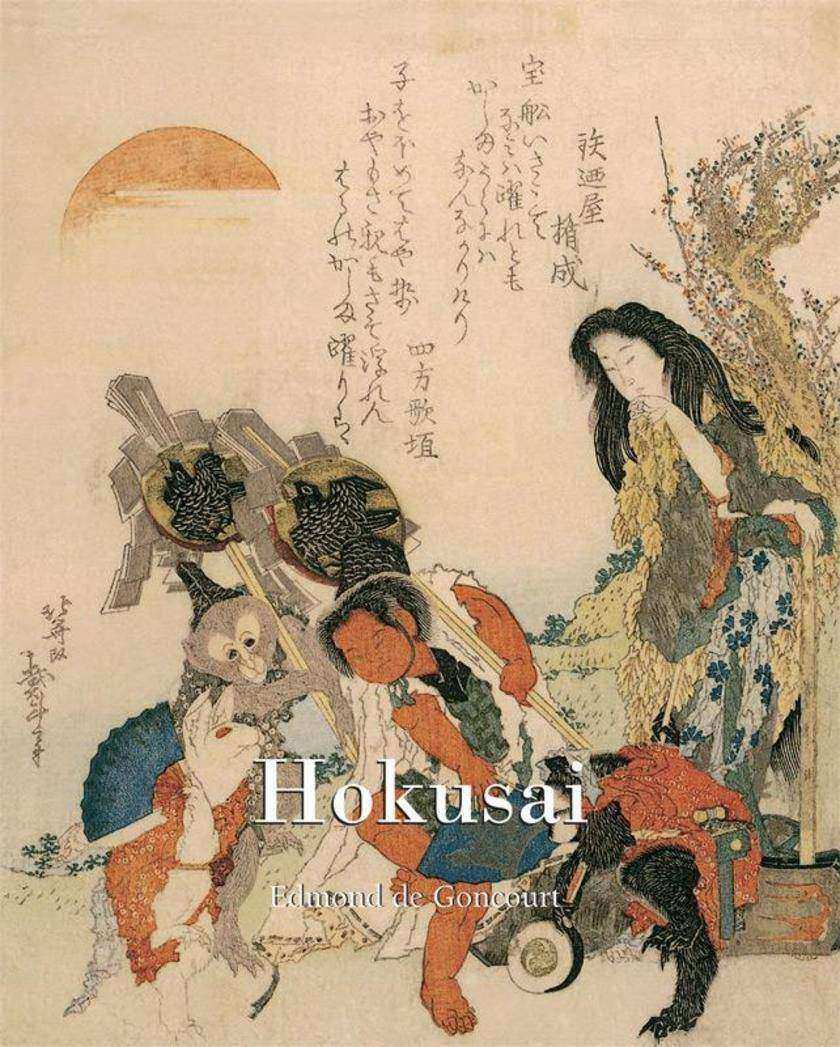
Hokusai
¥114.37
毫无疑问,葛饰北斋是十九世纪中期以来负盛名的日本艺术家,他的作品在西方世界广为人知。葛饰北斋的作品是对于一种被孤立的文明的艺术表达和反应,极大影响了诸如梵高之类的欧洲印象派和后印象派画家;这也使得葛饰北斋成为了跻身欧洲艺术界个日本艺术家。葛饰北斋是位日本浮世绘的大师,他的作品丰富多样、意蕴重大,创作年限长达九十年,其气势恢宏和类型缤纷的特点在本书中展现得淋漓尽致。
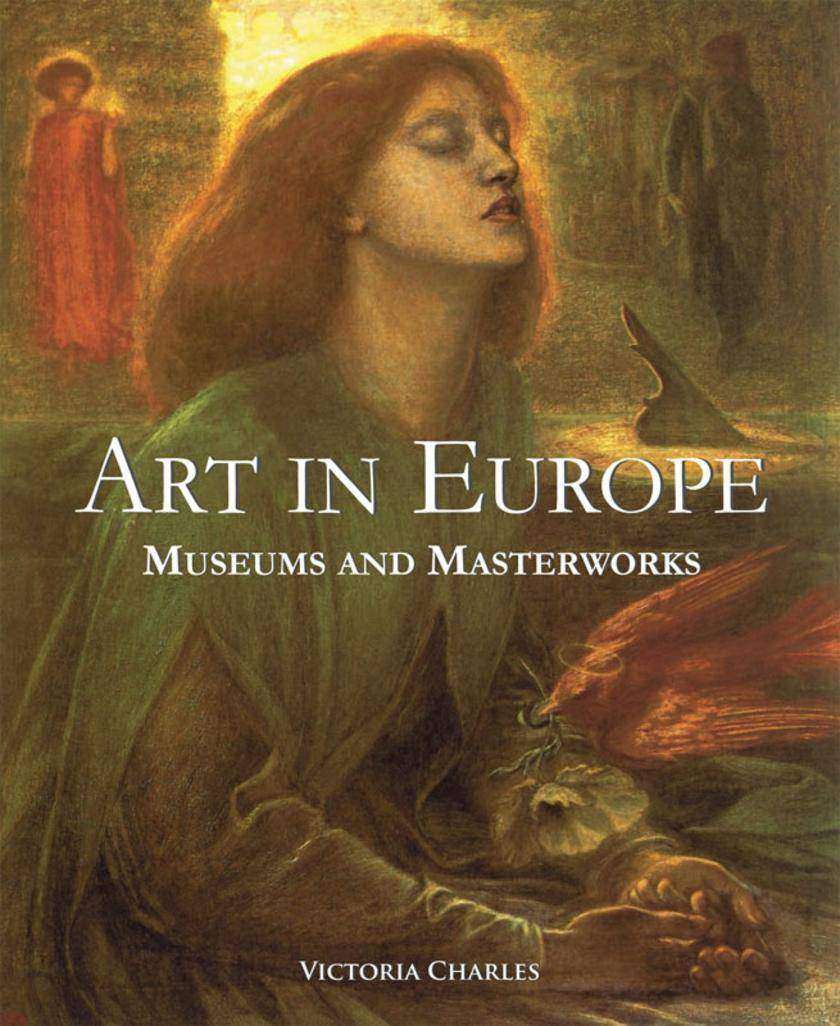
Art in Europe
¥114.37
The European continent gathers together, without a doubt, the most famous works of art, evidence of the history of Western art. The cultural capitals and their emblematic museums contain paintings, sculptures, or rather works of art, devised by the great artists, representative of European culture. From Madrid to London, passing through Prague, the major works of the old continent are presented here. Thanks to detailed information about the museums and their collections, you, too, can explore and discover Europe’s fascinating cultural heritage.
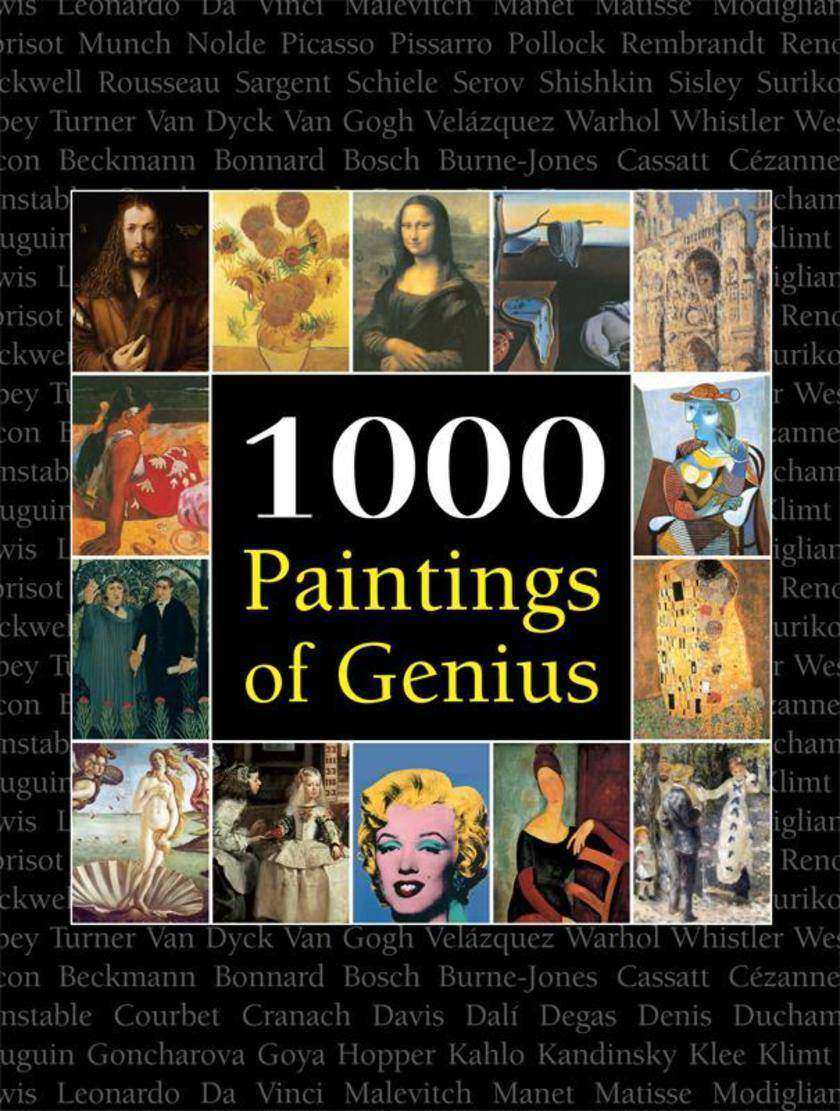
1000 Paintings of Genius
¥114.37
从早期文艺复兴到巴洛克,再到浪漫主义、立体主义、超现实主义和流行绘画,这些标准的方艺术跨越了八个世纪,探索了众多的主题。在这里,有神圣的和诽谤的,有抽象的和丰富的,也有开天辟地的和因循守旧的。这些绘画作品抓住了时代的脉搏,吹响了新时代的号角。有的艺术作品一经问世便获得认可,还有一些则被拒之门外。 无论艺术的概念如何改变,无论艺术究竟在多大程度上照射现实,也无论艺术能如何改变现实,所有的这些作品都经历了时间的考验,并以独特的方式宣示着其伟大之处。总而言之,这些伟大的作品照亮了我们的先人变换的聚焦点和视线,也让我们停下来思考我们时代的哪些作品能够终成为标准。
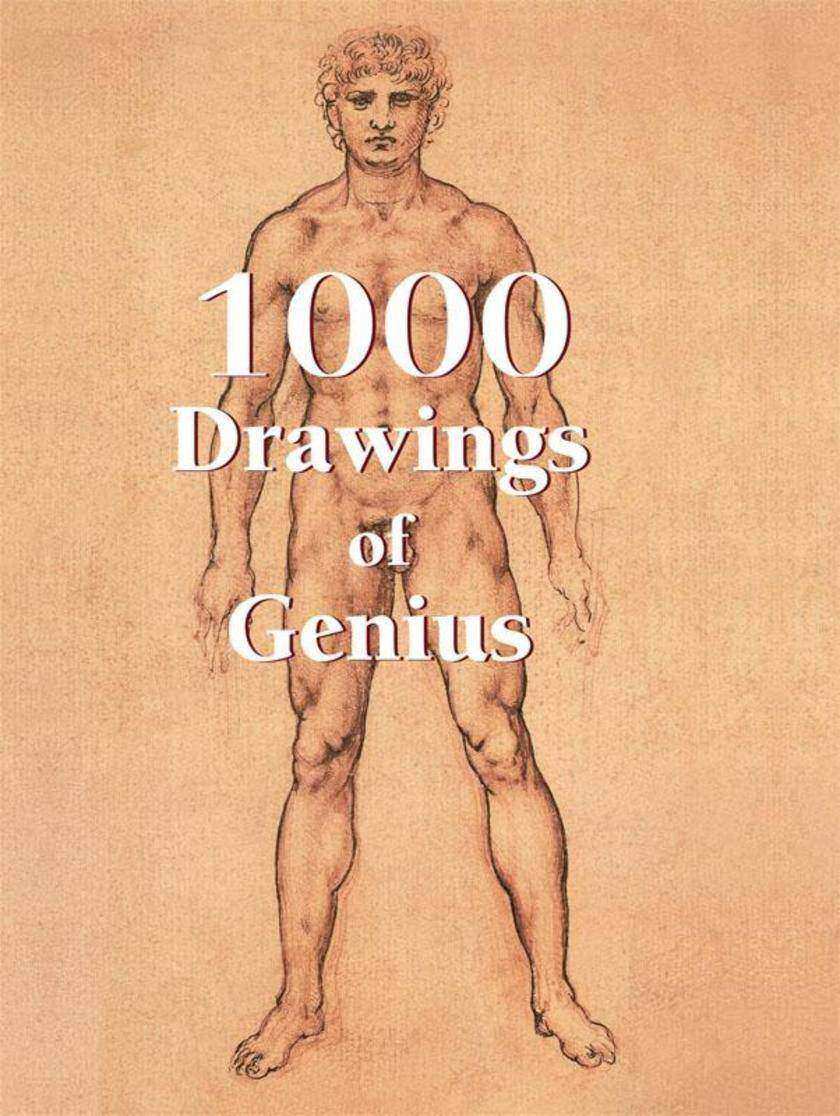
1000 Drawings of Genius
¥114.37
Long thought of as the neglected stepchild of painting, the art of drawing has recently begun to enjoy a place in the sun. With major museums around the world, from the Met to the Uffizi, mounting exhibitions focused on the art of draughtsmanship, drawing is receiving more critical and academic attention than ever before. This captivating text gives readers a sweeping analysis of the history of drawing, from Renaissance greats like Leonardo da Vinci and Michelangelo, to Modernist masters like M.C. Escher, Pablo Picasso, and everyone in between.
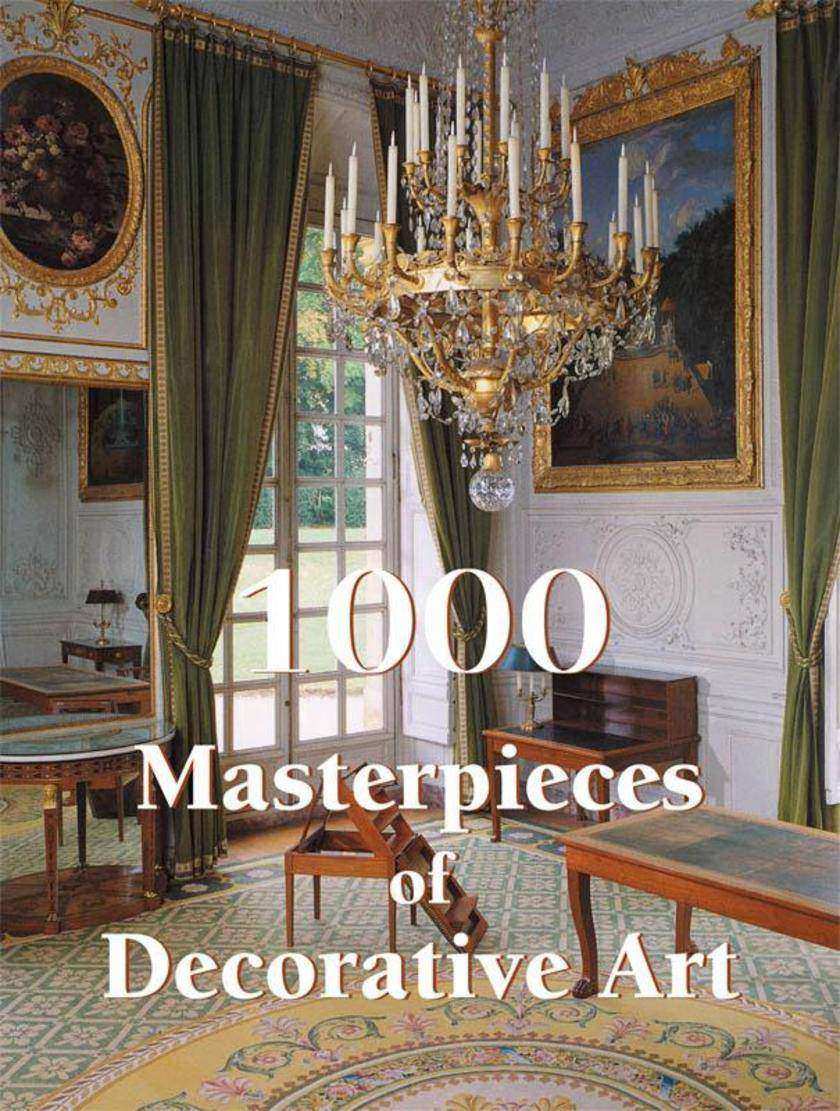
1000 Masterpieces of Decorative Art
¥114.37
From ancient Sumerian pottery to Tiffany stained glass, decorative art has been a fundamental part of the human experience for generations. While fine art is confined to galleries and museums, decorative art is the art of the every day, combining beauty with functionality in objects ranging from the prosaic to the fantastical. In this work, Albert Jacquemart celebrates the beauty and artistic potential behind even the most quotidian object. Readers will walk away from this text with a newfound appreciation for the subtle artistry of the manufactured world.
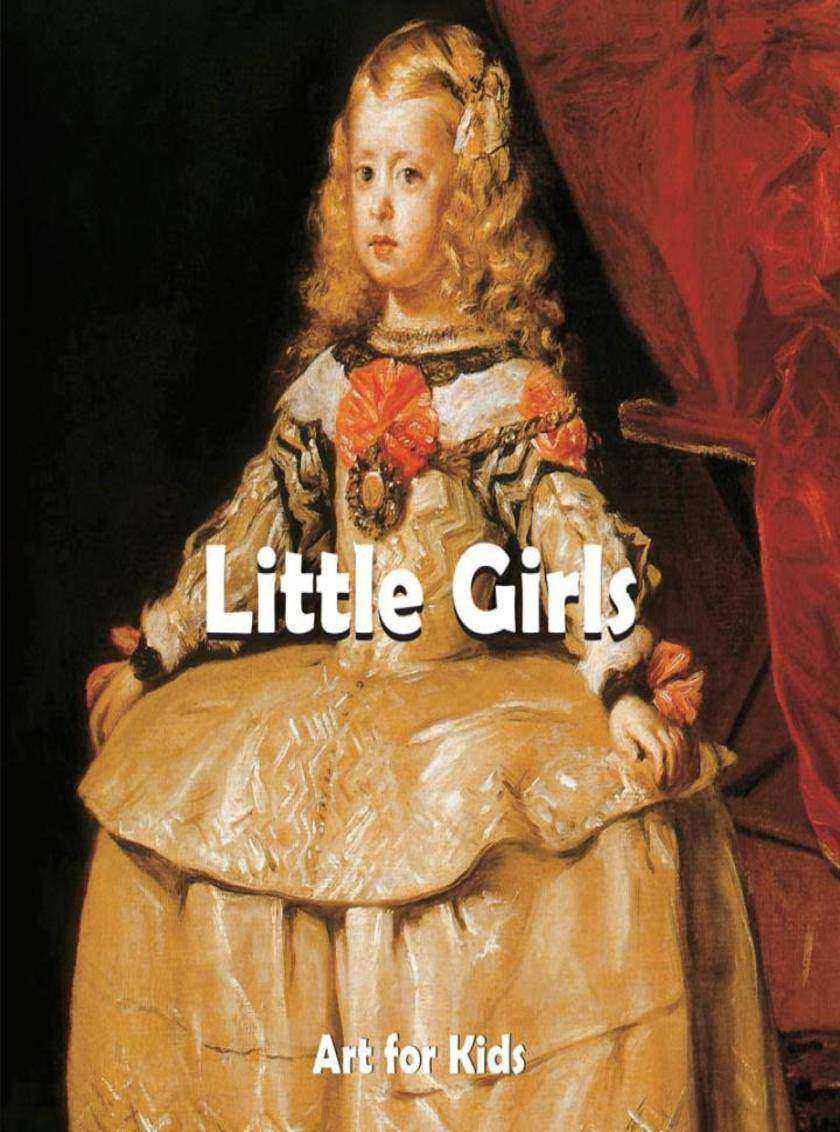
Little Girls
¥61.23
Ever since the ancient greeks sculpted the first kouros, children have been a source of inspiration for some of the world’s greatest artists. Whether portraits of their own children, friends, and family members, or a nostalgic psychological portrayal of the artist’s own youth, depictions of children in art remain arresting examples of an intersection between the picturesque innocence of childhood and the methodical work of adult artistry. In this delightful new puzzle book, children get a chance to see little boys and girls just like them as portrayed by great artists, learning about how children grew up throughout history while experiencing a genuine connection with works of artistic genius.

Sometimes I Feel Like a Nut: Essays and Observations From An Odd Mom Out
¥110.71
Demonstrating Woody Allen's magical math equation, comedy = tragedy + time, a sensational collection of witty essays about life, love, hate, kids, work, school, and more from the author of The Ex-Mrs. Hedgefund and Arm Candy Jill Kargman is a mother, wife, and writer living the life in New York City . . . a life that includes camping out in a one-bedroom apartment with some unfortunate (and furry) roommates, battling the Momzillas of Manhattan, and coming to terms with her desire for gay men. In this entertaining collection of observations, Kargman offers her unique, wickedly funny perspective as she zips around Manhattan with three kids in tow.Kargman tackles issues big and small with sharp wit and laugh-out-loud humor: her love of the smell of gasoline, her new names for nail polishes, her adventures in New York City real estate, and her fear of mimes, clowns, and other haunting things. Whether it's surviving a family road trip or why she can't stand Cirque du So Lame, living with a mommy vagina the size of the Holland Tunnel or surviving the hell that was her first job out of college, Kargman's nutty self triumphs, thanks to a wonderfully wise outlook and sense of fun that makes the best of everything that gets thrown her way. And if that's not enough, Kargman illustrates her reflections with doodles that capture her refreshing voice.

When Did I Get Like This?
¥83.03
When Did I Get Like Thisis the hilarious story of one mother's struggle to shrug off the ridiculous standards of modern parenting, and remember how to enjoy her children Over the last seven years of long days with little children, I have had many moments of joy, calm, and peaceful reverie.This book is about the other moments.Before I became a mother, failing at something did not shake my fundamental belief in my capabilities as a human being. But now that I am the mother of three children under the age of seven, I have one overriding daily thought: I suck at this.What kind of mother feeds her kids dinosaur chicken nuggetsThree times a weekWhat kind of mother lets hand washing after using the toilet slide, as long as it was just Number OneAnd then I wonder: When did I get like thisWhy do I doubt my parenting abilities, day after dayWhy does motherhood, a job as old as Eve, have me teetering daily on the edge of sanity?With each new stage of motherhood, I tell myself I will never again be suckered by the question, "Don't you want what's best for your children?" And yet, time after time, I am. Sometimes, I am right to obsess. Other times, the record will show, it has been distinctly counterproductive.I'm working on it . . .
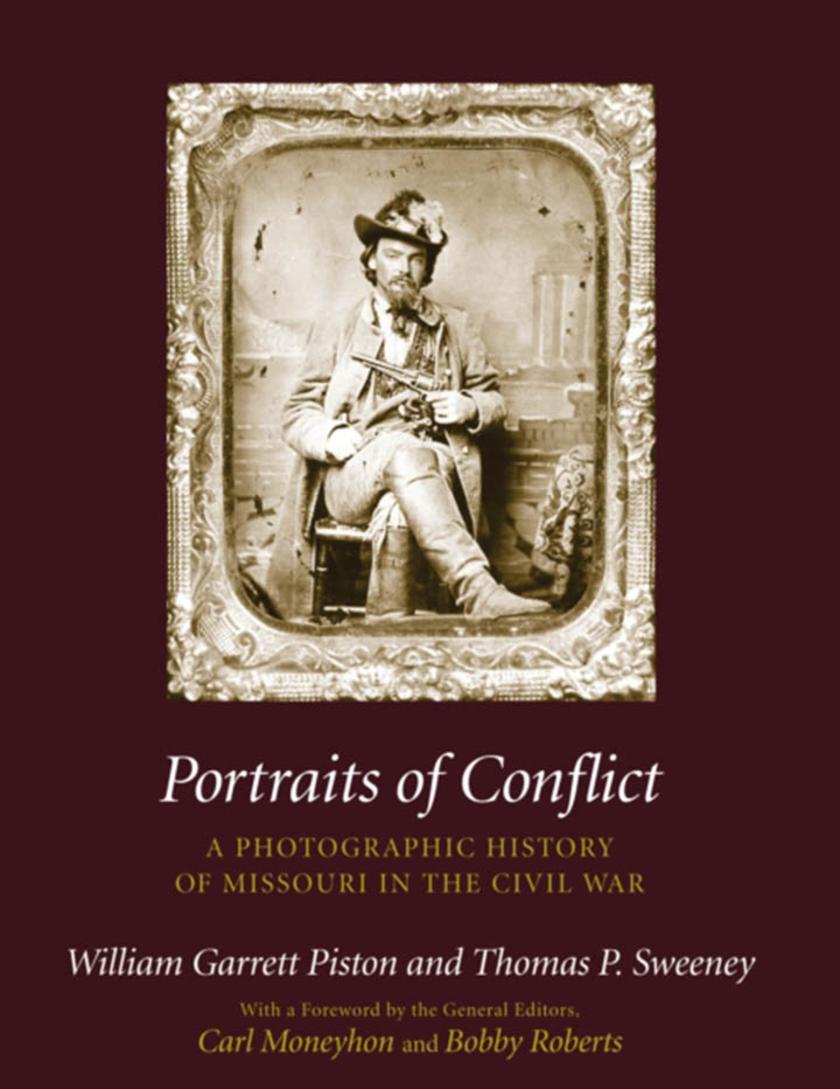
Portraits of Conflict
¥484.91
A deeply divided border state, heir to the "Bleeding Kansas" era, Missouri became the third most fought-over state in the war, following Virginia and Tennessee. Rich in resources and manpower, critical politically to both the Union and the Confederacy, it was the scene of conventional battles, river warfare, and cavalry raids. It saw the first combat by organized units of Native Americans and African Americans. It was also marked by guerrilla warfare of unparalleled viciousness. This volume, the ninth in the series, includes hundreds of photographs, many of them never before published. The authors provide text and commentary, organizing the photographs into chapters covering the origins of the war, its conventional and guerrilla phases, the war on the rivers, medicine (Sweeny's medical knowledge adds a great deal to this chapter and expands our knowledge of its practice in the west), the experiences of Missourians who served out of state, and the process of reunion in the postwar years.
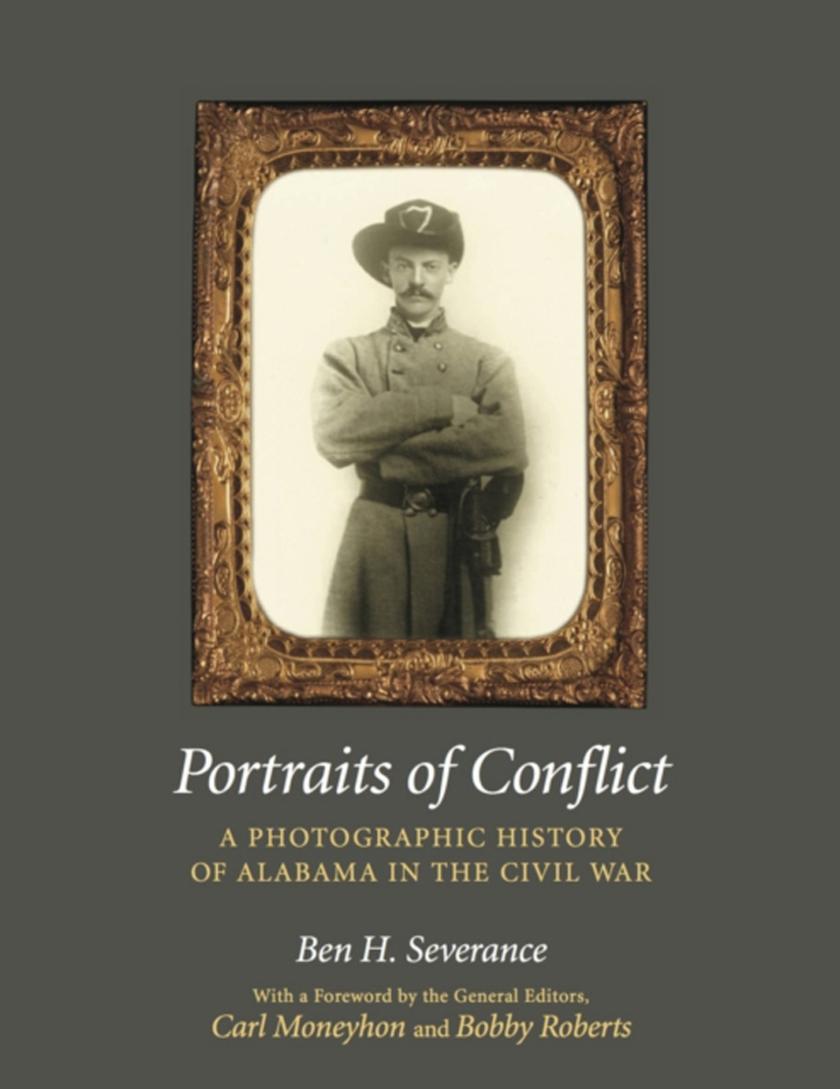
Portraits of Conflict
¥484.91
Portraits of Conflict: A Photographic History of Alabama in the Civil War is the tenth volume in this acclaimed series showing the human side of the country's great national conflict. Over 230 photographs of soldiers and civilians from Alabama, many never seen before, are accompanied by their personal stories and woven into the larger narrative of the war both on the battlefield and the home front. Alabama is unusual among the Rebel states in that, while its people saw little fighting inside its boundaries, nearly one hundred thousand Alabamians served with Confederate units throughout the South. This volume chronicles their experiences in almost every battle east of the Mississippi River--especially at Sharpsburg, Chancellorsville, and Gettysburg under the legendary Robert E. Lee; at Murfreesboro and Chickamauga as part of the ill-fated Army of Tennessee; and at the famous siege of Vicksburg. Ultimately Union soldiers did invade the state, and Alabamians defended their homeland against enemy cavalry raiders at Selma and against Federal warships in the fight for Mobile Bay. The volume also includes accounts of some of Alabama's leading politicians as well as several of its more ordinary citizens. This new volume contains the same quality of photography and storytelling that has attracted Civil War enthusiasts since the first volume was published in 1987, making it another welcome addition to the series Civil War History called "e;a sensibly priced, beautifully produced photographic history."e;
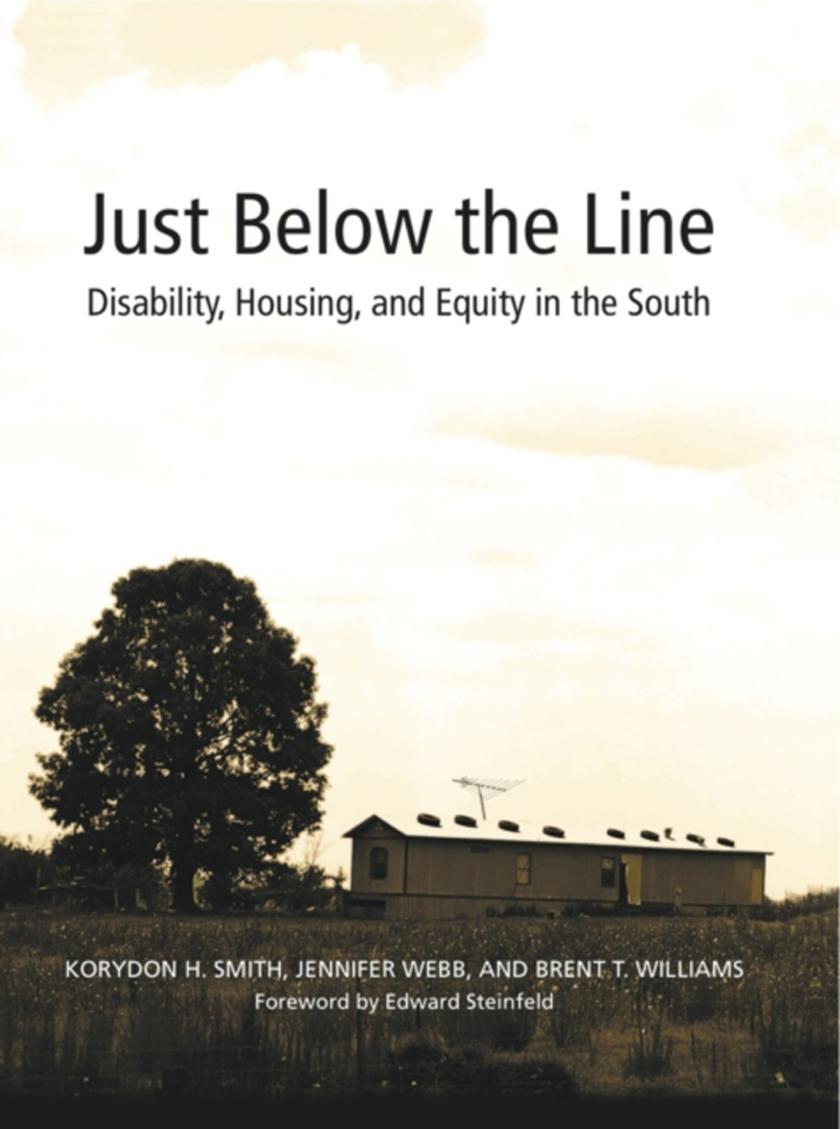
Just Below the Line
¥372.78
With America on the brink of the largest number of older adults and persons with disabilities in the country's history, the deceleration in housing production during the first decade of the twenty-first century, and a continued reliance on conventional housing policies and practices, a perfect storm has emerged in the housing industry. The lack of fit between the existing housing stock and the needs of the U.S. population is growing pronounced. Just as housing needed to be retooled at the end of WWII, the American housing industry is in dire need of change today. The South-with its high rates of poverty, older residents, residents with disabilities, extensive rural areas, and out-of-date housing policies and practices-serves as a "canary in the coal mine" for the impending, nationwide housing crisis. Just Below the Line discusses how reworking the policies and practices of the housing industry in the South can serve as a model for the rest of the nation in meeting the physical and social needs of persons with disabilities and aging boomers. Policy makers, designers, builders, realtors, advocates, and housing consumers will be able to use this book to promote the production of equitable housing nationwide.Published in collaboration with the Fay Jones School of Architecture.

Sorry, But Has There Been a Coup:and other great unanswered questions of the Cam
¥9.71
Topical satire from the authors of Is it Just Me or is Everything Shit? ‘Is the Cameron government a coup?’ This is the question under discussion in this witty and topical article from the bestselling authors of ‘Is it Just Me or is Everything Shit’. This question, and 44 other questions, orbiting this central question like satellites of love. Such as, ‘Will Cameron kill Clegg?’ and ‘Did Sam Cam invent trip-hop?’ You know, important stuff. Like, ‘Is it wise to put Sir Toby Young in charge of all the schools?’ and ‘What is the socio-political significance of Pippa Middleton’s buns?’ Also, ‘Is there a link between the Big Society and the occult?’
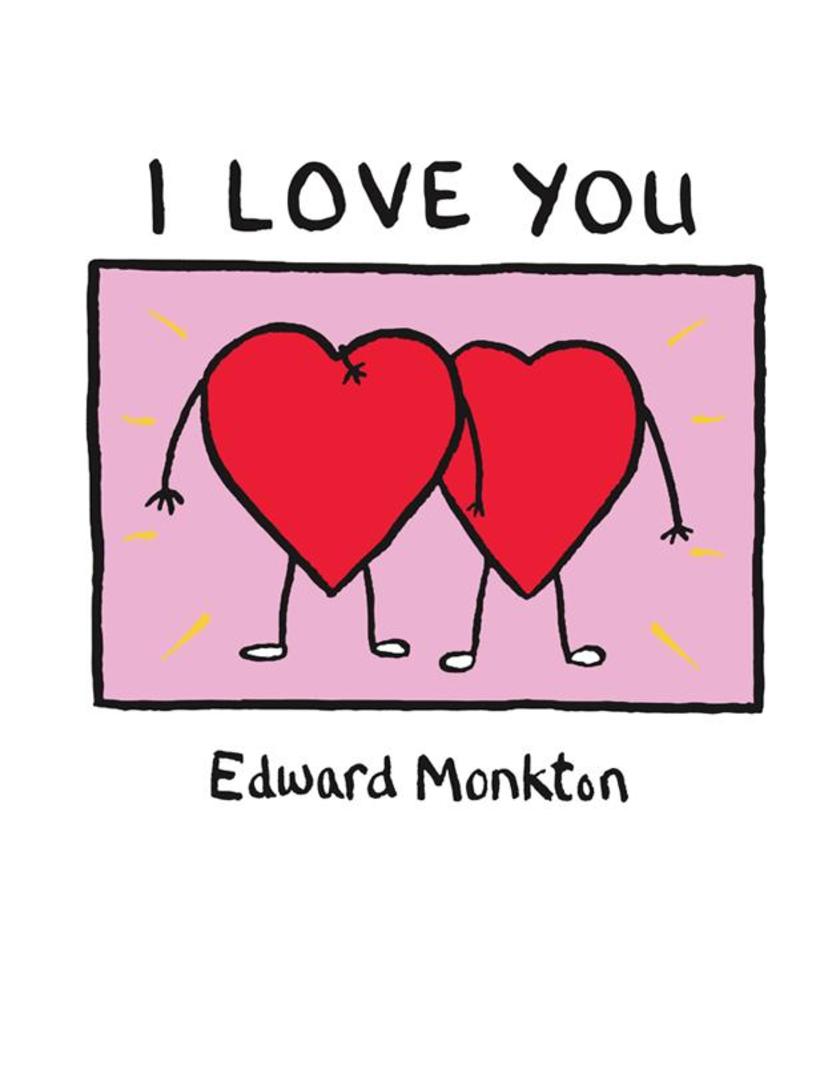
I Love You
¥44.24
Bestselling artist Edward Monkton's profound and funny musings on LOVE and RELATIONSHIPS are both funny and profound, making this collection the perfect gift for lovers everywhere. You are a Chocolate Button of LOVELINESS on the great Caramel Pudding of LIFE Following the phenomenal success of such stylish and original books as The Lady and the Chocolate, The Pig of Happiness, The Shoes of Salvation, Love and The Penguin of Death, Edward Monkton now assembles his funny, sometimes surreal and suprisingly philisophical drawings and thoughts on love. Edward Monkton’s surprisingly philosophical take on all aspects of love, life and happiness have made Monkton’s drawings cherished collectors’ items and a mark of good taste year in, year out.

The Big Book of Celebrity Inventions
¥95.75
Due to the complicated layout, this ebook is best viewed on a tablet. Ever wanted to see Harry Hill’s nuts? Fancy a cuppa with Karl Pilkington and his Clippable Coasters? Ever wondered how Michael Jackson defied gravity with his dance moves? Then read on! Our nation’s best-loved celebrities, from Jamie Oliver to Harry Hill, the Stig to Sherrie Hewson, Karl Pilkington to Peter Jones, Ruby Wax and beyond, have been scratching their heads to come up with logic-defying, bizarre and random inventions to improve our lives. From shrink rays to teleporters, foldable skis to airbags for clothes and a vacuum-cleaner that sucks away your wrinkles, you’ll be amazed by what these celebs have been dreaming up in their spare time! The Big Book of Celebrity Inventions offers a fascinating, hilarious and utterly unique look at the extraordinary business of inventing, seen through the eyes of our favourite stars. And there are even ones that work! For example: ? Did you know that Margaret Thatcher invented soft-scoop ice cream? ? That Prince invented a space-age musical keyboard? ? Or that Roald Dahl helped advances in neurosurgery? From the ridiculous to the sublime and those that fail magnificently, one thing’s for certain: The Big Book of Celebrity Inventions is the ultimate celebration of oddness, originality and ingenuity, sure to fascinate, baffle and inspire you!
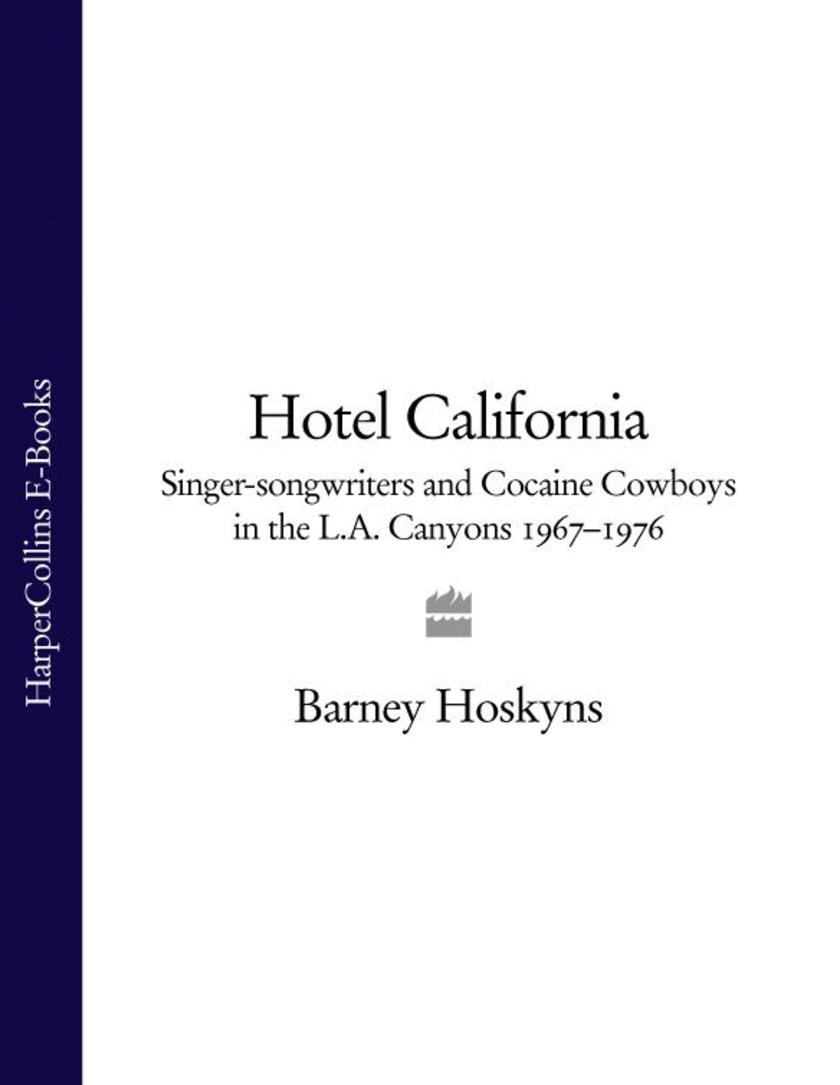
Hotel California: Singer-songwriters and Cocaine Cowboys in the L.A. Canyons 196
¥85.74
Rock historian Barney Hoskyns is the author of nine books and has written about music and pop culture for numerous publications including NME, The Times, Guardian, Vogue and Mojo, of which he was Associate Editor. He lives in London.

Landscapes in Watercolour (Collins 30-Minute Painting)
¥57.00
This practical and inspirational guide, in a handy sketchbook format, is aimed at the practised beginner and shows how to achieve successful watercolour landscapes in just 30 minutes – ideal for the busy amateur artist who doesn't have much time to paint. Many people think they don't have enough time to paint, but in this attractive guide Paul Talbot-Greaves encourages quick and simple painting. By working with just a few materials and focusing on the key techniques it is possible to achieve successful, realistic landscape paintings in no more than half an hour. And for those artists who already have a little painting experience, learning to work more quickly enables them to free up their style and paint more spontaneously. All the key topics are covered, from watercolour techniques, colour and tone to learning about creating distance, composing pictures and selecting scenes.

100 Of The Best Curses and Insults In Italian
¥82.31
For When You Need Just the Right Word Travelling is fantastic – we don't deny it. But sometimes when you're in another country, stuff happens. A thieving kid lifts your wallet, a cab driver nearly kills you, or a waiter charges you $25 for bottled water. You feel powerless without the ability to do what you really want to do – curse them out. And what's the use of knowing the right curse if you can't pronounce it correctly? The only thing you'll succeed in doing is looking like some lame tourist. But you don't have to look like an idiot anymore. Here are 100 of the best curses and insults in Italian, complete with an audio track featuring 25 curses and insults for your listening pleasure. So the next time a texting teen in Rome knocks over your gelato or a snickering Prada saleswoman in Milan insults your waistline, you'll know precisely how to say, Vaffanculo!

Alan Partridge: Alpha Papa: Script (and Scrapped)
¥95.75
The official * for the box-office smash movie, featuring every ruddy word (and stage direction) of Alan’s seamless transformation from natural-born broadcaster into fully fledged and occasionally fully dressed hostage negotiator. Contains deleted scenes and an exclusive Foreword by Steve Coogan. With a television career behind him and a much-coveted breakfast slot in his spiritual home, regional digital radio, there was only one place left for Alan Partridge to turn: Hollywood! Or rather, an Anglo-French funded co-production for the big screen. Alan Partridge: Alpha Papa sees Alan face his biggest challenge since he spent six months in a travel tavern, and is almost certainly the first time he has handled a loaded gun since he was a prime-time BBC2 presenter. When his beloved income-source North Norfolk Digital is taken over by a faceless media conglomerate, Alan’s inimitable instinct for self-preservation leads to a violent and bloody siege on the radio station by an unhinged, nay mentalist, DJ, and a hostage crisis for which there can be only one man with the chat to diffuse it … Featuring a cast of old and new Partridge favourites, including Sidekick Simon, assistant Lynn and Michael the Geordie, Alpha Papa is proof that while the jury’s out on whether you can keep a good man down, it’s an outright fact that you can’t keep a good regional broadcaster off the airwaves.




 购物车
购物车 个人中心
个人中心



